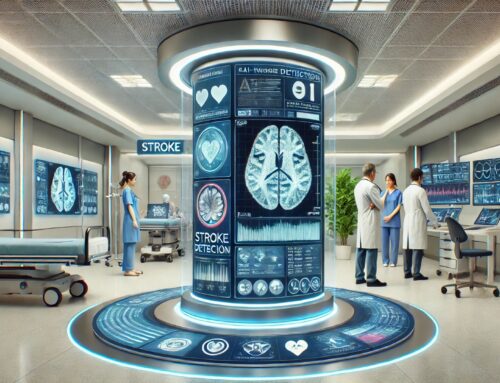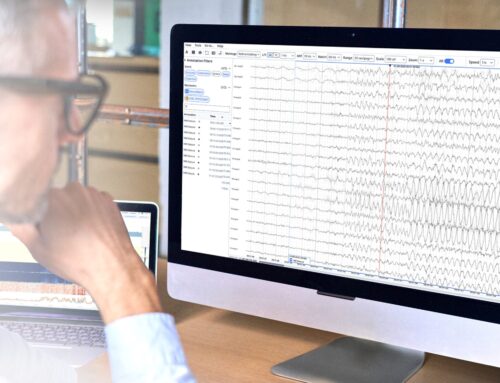A technique called percutaneous peripheral nerve stimulation yields “impressive” reductions in pain scores and opioid use during the first week after common orthopedic surgery procedures, concludes a randomized clinical trial published Online First in Anesthesiology, the official peer-reviewed journal of the American Society of Anesthesiologists (ASA), today.
The benefits of postoperative nerve stimulation were “much greater than what we had anticipated, concurrently reducing pain scores by more than 50 percent and opioid consumption by 80 percent,” according to the randomized trial report by Brian M. Ilfeld, M.D., MS, and colleagues. With further study, they believe that peripheral nerve stimulation could be a safe, effective, opioid reducing, non-drug adjunct for pain management after surgery.
In percutaneous peripheral nerve stimulation, a tiny electrical lead (insulated wire) is placed alongside a nerve and connected to a battery-powered pulse generator. The generator delivers mild electrical stimulation to the nerve, interrupting pain transmission. Although this “neuromodulation” technique has been widely used for patients with chronic pain, the new study is the first randomized, controlled trial to evaluate its use for acute pain after surgery.
The study enrolled 65 patients undergoing common outpatient joint surgery, such as bunion surgery in the foot or rotator cuff repair in the shoulder. All patients underwent lead placement near the nerve(s) serving the surgical joint. Half of the patients were randomly assigned to active electrical stimulation, adjusted to achieve the desired sensory change – sometimes described as feeling like a “pleasant massage.” The remaining patients received an inactive “sham” treatment, with a pulse generator that appeared to function normally, but did not deliver any electrical current. After one week, pain scores and opioid use were compared between groups. Evaluations were performed in “double-masked” fashion: neither the researchers nor the patients knew which treatment the patient was receiving.
The results showed significantly lower pain ratings in the active nerve stimulation group. Mean pain score (on a 0 to 10 scale) was 1.1 in patients receiving active treatment, compared to 3.1 in the sham group.
Active nerve stimulation was also associated with a much lower use of opioids to control postoperative pain. Median opioid dose (oral morphine equivalents) for the entire first week after surgery was 5 milligrams in the active treatment group, compared to 48 milligrams in the sham group. That’s an important benefit due to the possible adverse effects of postoperative opioids, such as nausea, constipation, sedation, and respiratory depression.
Although the trial was designed as a pilot study, the results “stand on their own and indicate that percutaneous peripheral nerve stimulation is highly effective for acute pain,” Dr. Ilfeld and coauthors wrote. They outlined plans for a subsequent study that is currently enrolling a far larger number of patients and will include a more complete assessment of the treatment effect across patient subgroups.
The American Society of Anesthesiologist
Founded in 1905, the American Society of Anesthesiologists (ASA) is an educational, research and scientific society with more than 54,000 members organized to raise and maintain the standards of the medical practice of anesthesiology. ASA is committed to ensuring physician anesthesiologists evaluate and supervise the medical care of patients before, during and after surgery to provide the highest quality and safest care every patient deserves.
For more information on the field of anesthesiology, visit the American Society of Anesthesiologists online at asahq.org. To learn more about the role physician anesthesiologists play in ensuring patient safety, visit asahq.org/madeforthismoment. Like ASA on Facebook; follow ASALifeline on Twitter. ASA hosts the ANESTHESIOLOGY® annual meeting, the largest, most comprehensive conference in the specialty with world-class education, the latest research and innovations, and the chance to recharge with colleagues, Oct. 8-12, 2021 in San Diego, Calif. Unable to attend in person, sign up for the Virtual Track which will offer a curated selection of presentations.












